Meiosis – The Genetics of Reproduction
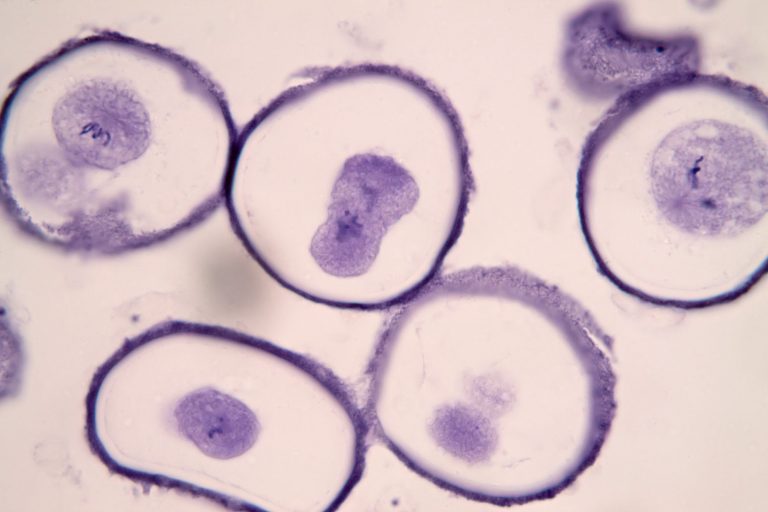
Cells in different stages of meiosis
Table of Contents
The genetic information found in DNA is essential in creating all the characteristics of an organism. This remains the case when passing genetic information to offspring, which can occur via a process called meiosis where four haploid cells are created from their diploid parent cell.
For a species to survive, and for genetic information to be preserved and passed on, reproduction must occur. This can be done by passing on the information found in the chromosomes via the gametes that are created in meiosis.
Chromosome Complement
Humans are diploid creatures, meaning that each of the chromosomes in our body is paired up with another.
Haploid cells possess only one set of a chromosome. For example, a diploid human cell has 46 chromosomes and a gamete created by a human is haploid, meaning it possesses 23 chromosomes.
Reproduction
Reproduction occurs in humans with the fusion of two haploid cells (gametes) that create a zygote. The nuclei of both these cells fuse, bringing together half the genetic information from the parents into one new cell, that is now genetically different from both of its parents.
This increases genetic diversity as half of the genetic content from each of the parents brings about unique offspring, which possesses a unique genome presenting unique characteristics. Meiosis is a process that can increase genetic variation in many ways, explained soon.
The Process of Meiosis
The process of meiosis essentially involves two cycles of division, involving a gamete mother cell (diploid cell) dividing and then dividing again to form 4 haploid cells. These can be subdivided into four distinct phases which are a continuous process
First division
- Prophase I– Homologous chromosomes in the nucleus begin to pair up with one another. Crossing over may then occur between chromatids (one-half of a chromosome). Crossing over is essential in increasing genetic variation.
- Metaphase I – Chromosomes line up at the equator of the cell, where the sequence of the chromosomes lined up is at random, through chance, increasing genetic variation via independent assortment.
- Anaphase I – The homologous chromosomes move to opposite poles from the equator
- Telophase I – Two new nuclei form at each pole. Cytokinesis occurs. At this stage, two haploid cells have been created from the original diploid cell of the parent.
Second division
- Prophase II – The nuclear membrane disappears and the second meiotic division is initiated.
- Metaphase II – Pairs of chromatids line up at the equator
- Anaphase II – Each of these chromatid pairs moves away from the equator to the poles via spindle fibers
- Telophase II – Four new haploid gametes are created that will fuse with the gametes of the opposite sex to create a zygote.
Overall, this process of meiosis creates gametes to pass genetic information from parents to offspring, continuing the family tree and the species as a whole. Each of these gametes possesses unique genetic information due to situations in meiosis where genetic diversity is increased.
Watch this vid and explore the meiosis stages with vocabulary including chromosomes, centromeres, centrioles, spindle fibers, and crossing over. Video Credit: Amoeba Sisters.
The next tutorial describes the independent assortment of chromosomes and crossing over as important events in meiosis. Read it to know how they promote genetic diversity in sexually-reproducing organisms.
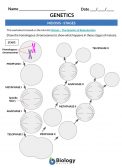 | MEIOSIS STAGES – DRAW THE CHROMOSOMES An artistic way to learn about meiosis! Print this worksheet to draw the homologous chromosomes in the different stages of meiosis — from prophase I to telophase II. This will help the students master the highlights of each meiotic stage. Subjects: Genetics & Evolution |
Reviewed by: Mary Anne Clark, Ph.D.
©BiologyOnline.com. Content provided and moderated by Biology Online Editors.
You will also like...
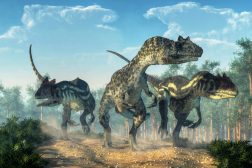
The Dinosaurs
Dinosaurs represented a major turn in the evolutionary development of organisms on Earth. The first dinosaurs were presu..
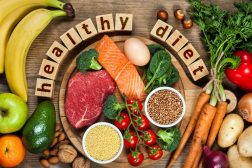
A Balanced Diet – Minerals and Proteins
Proteins and minerals can be derived from various dietary sources. They are essential for the proper growth and developm..
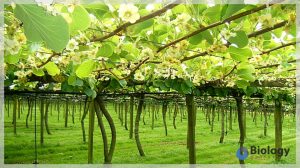
Biosecurity and Biocontrol
This lesson explores the impact of biosecurity threats, and why they need to be identified and managed. Examples to incl..
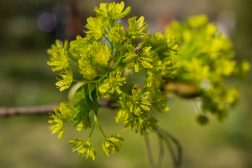
Gibberellins and Gibberellic Acid
This tutorial describes the role of gibberellin family in plants. Find out the effects of gibberellin on plant growth an..
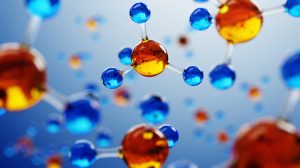
Chemical Composition of the Body
The body is comprised of different elements with hydrogen, oxygen, carbon, and nitrogen as the major four. This tutorial..
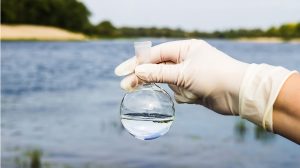
Freshwater Ecology
Freshwater ecology focuses on the relations of aquatic organisms to their freshwater habitats. There are two forms of co..
